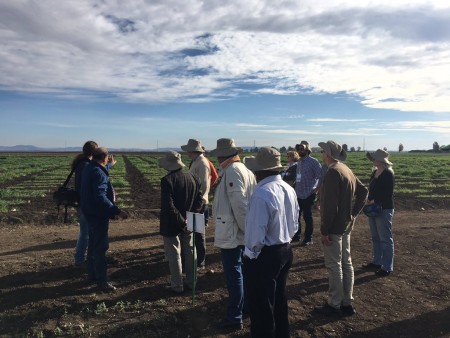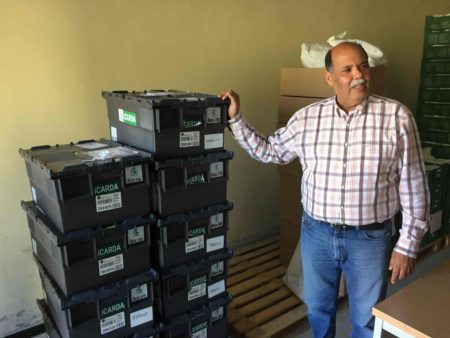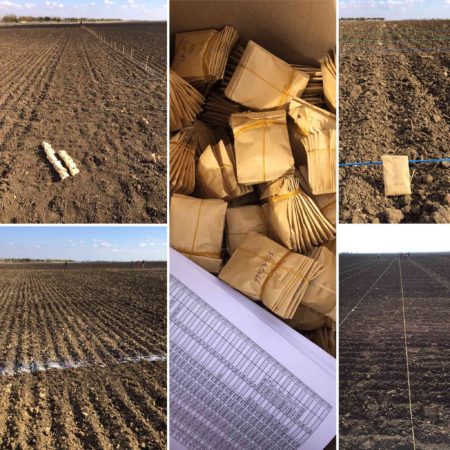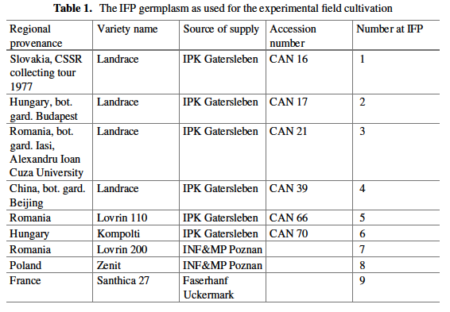One of the reasons I’ve been a bit behind with my blogging in the past month or so is that I’ve been doing a lot of travelling. It shouldn’t matter, you can blog from any hotel room with a half decent wifi connection of course, but the reality is that it can be difficult to find the time, not to mention the energy.
Anyway, just to prove that I was doing some work, here’s some evidence from my visit to the new ICARDA genebank in Morocco. You’ll remember that the collection that used to be just outside Aleppo in Syria is now being re-established in Terbol, Lebanon and Rabat, Morocco with material that was retrieved from the Svalbard Global Seed Vault in late 2015. Earlier this year, we published a shot of the first set of seeds from Svalbard growing in the field at the ICARDA research station in Merchouch, Morocco.

Here’s the second lot ready for planting, guarded by Ahmed Armi, head of the ICARDA Genetic Resources Section.

Here is the field being prepared, and the packets of seeds ready for planting.

And here, finally, are Ahmed’s staff actually putting the seed into the ground for multiplication. They did about 4,000 cereal accessions in a couple of days the week before last.
In a few months, rain willing, the field will look like it did above, last February, and the whole thing can be repeated again. A genebank’s work never ends.
